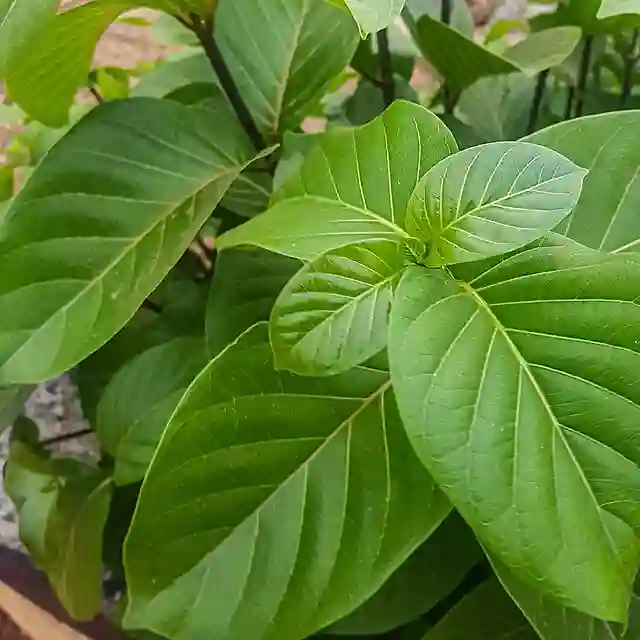
Lomandra Longifolia: A Low-Maintenance Beauty for Your Garden
As a busy homeowner with a love for greenery, I’m always on the lookout for plants that add a touch of beauty without demanding constant attention. That’s where Lomandra longifolia, also known as basket grass or spiky-headed mat-rush, comes in. This Australian native has become a favorite in my garden, offering year-round visual interest with minimal fuss.
Lomandra longifolia boasts long, strappy leaves that range from a vibrant green to a more muted blue-green, depending on the variety. The foliage adds a touch of texture and form to any garden bed, while the occasional clusters of creamy-white flowers add a delicate touch. But what truly sold me on this plant is its incredible resilience.
Here’s my experience with Lomandra longifolia, covering everything from planting and pruning to its flowering habits and companion planting ideas.
64 Species in Genus Lomandra
Lomandra longifolia vs hystrix
I’ve grown Lomandra longifolia and found it to be incredibly hardy and low-maintenance, thriving in my garden’s harsh conditions and requiring minimal attention. On the other hand, Lomandra hystrix, while also resilient, didn’t quite hold up as well in those same tough spots, often looking a bit more scraggly compared to the longifolia.
Lomandra longifolia vs tanika
Lomandra longifolia and Lomandra tanika are both great choices, but I have a soft spot for tanika because of its compact, neat appearance which makes it ideal for tighter spaces in my garden. The longifolia, though, has proven more versatile and robust overall, which suits me well for larger, more exposed areas.
How to plant Lomandra Longifolia?
Planting Lomandra longifolia is a breeze. They’re not fussy about soil type, thriving in anything from sandy soil to clay. The key is ensuring good drainage, as they don’t tolerate waterlogged conditions. Choose a spot with full sun to part shade, depending on your climate. In hotter regions, some afternoon shade can be beneficial.
Here’s how I plant Lomandra longifolia:
- Dig a hole twice the width of the pot and just as deep.
- Loosen the soil around the edges of the hole to encourage root growth.
- Gently remove the Lomandra longifolia from its pot, teasing out any tangled roots.
- Place the plant in the hole, ensuring the crown sits level with the surrounding soil.
- Backfill the hole with the loosened soil and water deeply.
Watering and Feeding: A Hands-Off Approach
Once established, Lomandra longifolia is incredibly drought-tolerant. In fact, overwatering is more likely to cause problems than underwatering. During the first few weeks after planting, water regularly to help the roots establish themselves. After that, rainfall should be sufficient in most climates. If you experience extended dry periods, a deep watering every few weeks will suffice.
These low-feeders don’t require regular fertilization. A light application of slow-release fertilizer in spring can be beneficial, but it’s not essential.
When Does Lomandra Longifolia Flower?
Lomandra longifolia isn’t known for its showy flowers, but it does produce clusters of small, creamy-white flowers in spring and summer. These fragrant blooms are attractive to pollinators like bees and butterflies, adding another layer of life to your garden.
How to Prune Lomandra Longifolia? (if needed)
Lomandra longifolia is a naturally low-maintenance plant that doesn’t require regular pruning. However, if you find your plant getting leggy or overgrown, you can give it a light trim in late winter or early spring. Simply remove any dead, diseased, or brown leaves. You can also use this opportunity to shape the plant by carefully trimming the tips of the leaves.
What to Plant With Lomandra Longifolia?
Lomandra longifolia’s versatility makes it a great companion plant for a variety of other low-maintenance options. Here are a few ideas to inspire you:
- Mass planting: Create a lush, textural display by planting Lomandra longifolia in groups.
- Flowering companions: Pair Lomandra longifolia with colorful perennials like kangaroo paws or grevilleas for a vibrant burst of color.
- Succulents and cacti: The contrasting textures of Lomandra longifolia and succulents or cacti add visual interest to a low-water garden.
- Grasses: Combine Lomandra longifolia with ornamental grasses like pennisetum or miscanthus for a swaying, textural effect.
Lomandra Longifolia: A Gardener’s Delight
With its easy-going nature, beautiful foliage, and occasional fragrant blooms, Lomandra longifolia has become a staple in my garden. It offers year-round beauty with minimal effort, making it a perfect choice for busy homeowners like myself. So, if you’re looking for a low-maintenance plant that adds a touch of Australian flair to your garden, look no further than Lomandra longifolia.
If i die, water my plants!



